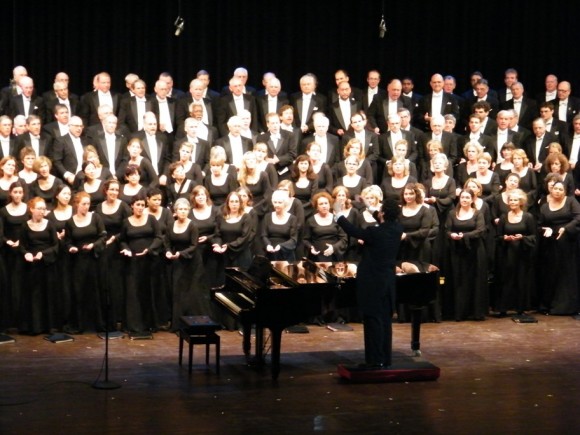6.3 Juan París. Composer of sacred music and piano teacher.

Juan París, a composer of sacred music and a renowned piano teacher, was born in Barcelona in 1759. This important musician succeeded Esteban Salas as maestro at the Cathedral of Santiago de Cuba (Heredia between San Félix and Santo Tomás, Santiago de Cuba) and, like his predecessor, strengthened the musical existence of that Cuban city over the course of forty years.
He organized the concerts in which Beethoven’s symphonies and sonatas were performed for the first time in Cuba. According to Alejo Carpentier, thanks to him, “the temple served as an academy, concert hall, rehearsal space, library, and encouraged continuous and diverse musical expressions.”
In 1805, Juan París declared his eligibility for the position of Chapel Master, composing a “trisagic motet of the Most August Trinity, sung with bass and violins.” He began offering piano lessons in 1812 to amateurs in Santiago de Cuba. He required his students to study works by Pergolesi, Porpora, Paisiello, Cimarosa, and Haydn in depth.
In 1806, he completed his works: Mass for Three with Violins, Flute, and Bass, and a Villancico de Kalenda, of exceptional proportions within the genre. These compositions are among the most representative of his musical output, as in both, the composer finds the opportunity to experiment with pages of extensive development. The ternary form (allegro-lento-allegro) embodied the musician’s initial efforts.
Later, Juan París developed the villancico form by converting the introduction into a prelude and adding an additional movement to the ternary form. The four movements he used from then on would be adagio-recital-andante-allegro and, sometimes, andantino-recital-aria-chant. He also expanded the orchestra by adding woodwind instruments (oboe, flute), cymbal, and timpani to the strings, as well as a viola, which completed the string quartet.
This maestro didn’t produce as prolific a composer as Esteban Salas, but his instrumentation was more sophisticated than his teacher’s, who, however, surpassed him in the prosodic handling of voices. Paris placed a higher value on rhythm and was very demanding regarding the role of the bass. He translated texts by the Italian dramatic poet Pietro Metastasio into Spanish to feature in some of his works.
As Chapel Master, several in his later years, and thanks to his work, different musical groups worked at the same time in different places of the Cathedral of Santiago de Cuba (Heredia between San Félix and Santo Tomás, Santiago de Cuba), because he had arranged for anyone who knew how to play a musical instrument to be able to go to the temple outside of office hours to read, study or play the numerous scores kept there.
Juan París died in Santiago de Cuba in 1845.








